Elegant Concrete Floor Incorporates Wood Inlay
Project submitted by Greg Hryniewicz, Hyde Concrete, Annapolis, Md. Interior Design: Munther Design, Fulton, MD.
By Anne Balogh, ConcreteNetwork.com
The owners of this newly constructed custom home in Fulton, Md., both veterinarians and animal lovers, were looking for an earthy flooring material that would complement the rich wood embellishments in their space yet be durable and pet friendly. Rather than go with wood flooring, which is vulnerable to scratches and moisture, the solution was to install a decorative stained concrete overlay accented by walnut inlays.
“The style is ‘Medieval meets Modern’ -- an exciting blend of colors, textures and styles which creates a personal and warm ambiance, influenced by the owners’ extensive travels around the globe,” says designer Lena Munther of Munther Design, who worked closely with the owners from conception to completion of the entire home and its surrounding yard.
Munther wanted the inlays in the floor overlay to mirror the grid pattern of wood beams in the home’s ceiling and replicate their natural color variations and texture.
“The greatest challenge came with trying to place a self-leveling overly in perfect level with the walnut wood divider beams in the floor,” says contractor Greg Hryniewicz of Hyde Concrete. “We did this by first putting in a ½-inch underlayment over metal lathe that was mechanically stapled to the floor. Then we came back and did a topcoat in a checkerboard fashion so that we could pay very close attention to detail at the edges of each square.”
Once the ¾-inch walnut inlays were in place, Hyde Concrete began their portion of the work. “First, we primed the substrate and then stapled in the metal lathe. Over this we placed the self-leveling underlayment followed by a ¼-inch self-leveling overlayment,” says Hryniewicz.
To achieve the desired color effects, the project required using a combination of shake-on color hardeners and acid stains. Hyde Concrete strategically broadcast the shake-on hardener in a pattern to produce the natural-looking color variations in the surface. After cleaning and prepping again, they acid stained the floor then sealed it with epoxy primer and a urethane topcoat.
“As you can see, the results are stunning,” says Hryniewicz.
The project was also recognized this year by the Decorative Concrete Council, receiving a first place award for stained concrete flooring under 5,000 square feet.
Materials used:
Overlay material: TRU Self-Leveling Overlay, from CTS Cement
Color hardener and acid stains: Lithocrome Color Hardener and Lithocrome Chemstain, from Scofield
Primer and topcoat: National Polymers
